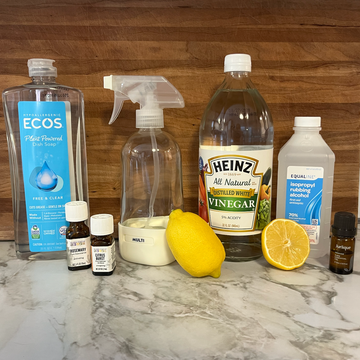11 Laundry Mistakes That Are Ruining Your Clothes, According to Experts
Avoid fading, pilling, stretching, snags, tears and even damage to your machine.

Laundry day isn't quite as simple as tossing your clothes into the machine and hitting start. Sure, the best washing machines — whether your preference is a top-loader or front-loader — have come a long way, and many have smart settings that take some of the guesswork out of the equation. But some basic background can help you avoid certain laundry mistakes that can damage your clothes, leading to premature wear and tear (snags and fading included!) or even rendering your favorite pieces unwearable.
To help you master the art of laundry, the cleaning pros at The Good Housekeeping Institute's Home Care & Cleaning Lab share some of the most common laundry mistakes — and how to avoid them to keep your duds in tip-top shape.
Brigitt is a writer, editor and craft stylist with nearly 15 years of experience. She specializes in lifestyle topics, including home, health, parenting, beauty, style, food, entertaining, travel and weddings. She has written for Glamour, People, Good Housekeeping, Women's Health, Real Simple, Martha Stewart, Apartment Therapy, The Spruce, and more.

Should You Wear "Outside Clothes" in Bed?

Can You Toss The Detergent Cap in With Laundry?

The Best Jewelry Cleaners

The Best Dusters


















